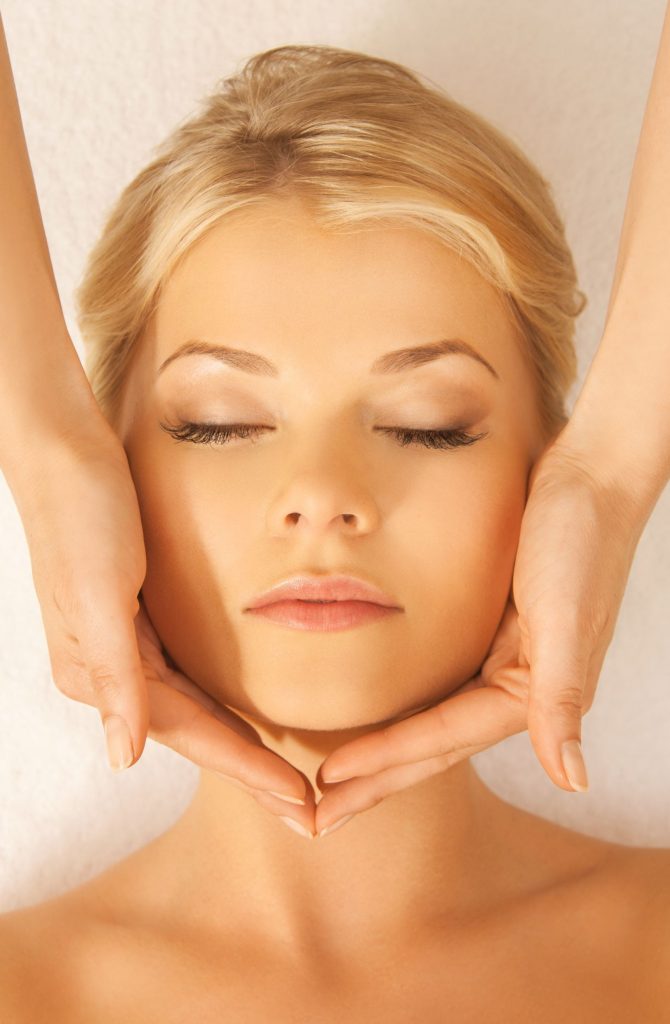Chemical peels can improve the look and feel of your skin. They are used to treat fine lines, wrinkles, mild scars, sun damage, age spots, freckles and dark patches (melasma).

Chemical peels can be on the face, chest, neck and hands. You can treat the whole face or treat a localized area, such as under the eyes or around the mouth.
There are superficial, medium grade and deep peels. The superficial peels focus on treating the top layer of skin or stratum corneum. A medium peel goes deeper, penetrating through all five layers of the epidermis to the top layer of the dermis. A deep peel goes past the papillary layer in the dermis, to the reticular layer and possibly to the subcutaneous tissue, depending on the patient’s needs. The recovery will vary depending on the type of peel you receive.
